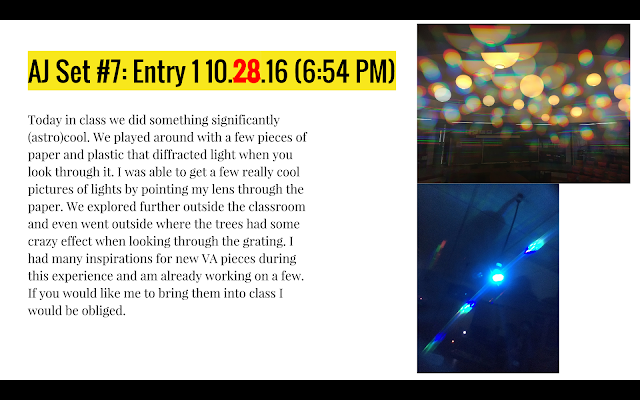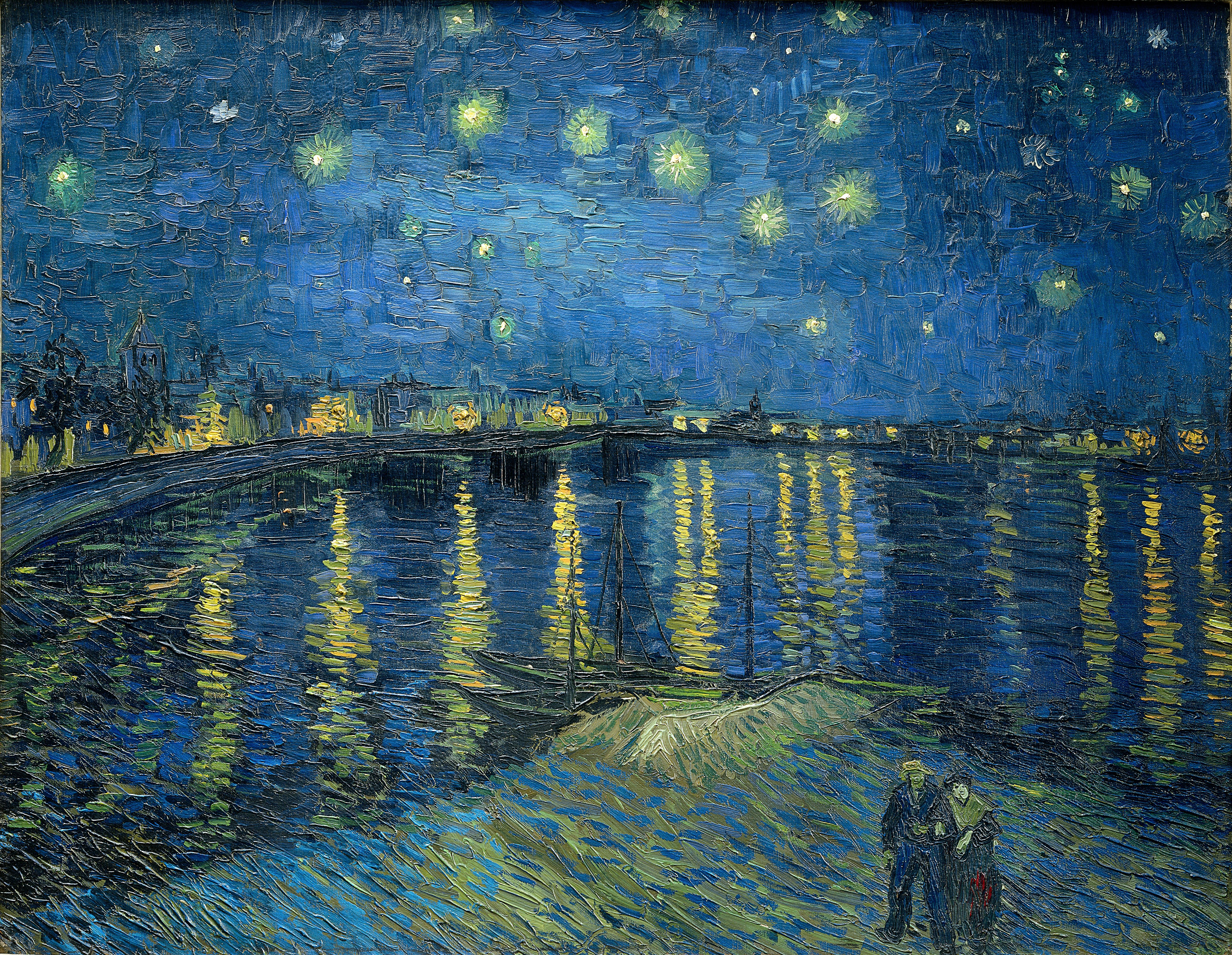Dedication: I dedicate this and everything I do to the one educator who helped me appreciate the value of learning in the grandest of fashions, my late father Ibrahim Nadji (RhA!) Thank you Didi and may Allah (SWT) reward you for your dedication to raising educated citizens!
Journals have been a staple of our Astronomy class since its inception three years ago. I reasoned that astronomers are all about record keeping and time keeping. And, as such it seemed natural to have the students keep journals of what they encounter in our astronomy class or outside of it. This also is to encourage them to do some research of their own or generate creative connections with their own art majors. What follows is a collage of samples of journal entries from this year's astronomy classes. The students did an admirable job crafting these piece of astronomy writing that featured wonderful objets d'art.
Journals have been a staple of our Astronomy class since its inception three years ago. I reasoned that astronomers are all about record keeping and time keeping. And, as such it seemed natural to have the students keep journals of what they encounter in our astronomy class or outside of it. This also is to encourage them to do some research of their own or generate creative connections with their own art majors. What follows is a collage of samples of journal entries from this year's astronomy classes. The students did an admirable job crafting these piece of astronomy writing that featured wonderful objets d'art.
The above items do not show the many other examples where creative writing, music, and other art areas were the choice of their respective artists.
Please, share your thoughts about the above items and more importantly how might journaling improve your students' learning experience?
Thank you for taking the time to read the post and always take the time to look up and marvel for the universe is too cool to ignore its free for all beauty!


















